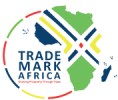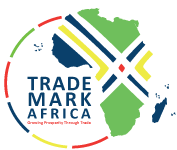Five countries in East Africa are at different phases of implementing an electronic cargo clearing systems at the ports of Mombasa in Kenya and Dar es Salaam in Tanzania to address the problem of container and cargo congestion at the two ports, cut down on operational costs and increase revenue for governments in the region. The cargo clearing system is being backed by a new cargo tracking system that eliminates dumping and theft of cargo in transit along the northern transport corridor anchored on the port of Mombasa and the Central transport corridor that is supported by the port of Dar es Salaam. The two ports have recorded growth in the number of containers and volumes of cargo in the last 10 years as East Africa’s economic performance surged to 6.3% by 2015 compared to the sub Saharan Africa’s average of 4.2% at the time. Inefficiencies at the two ports, which have greatly been addressed for the last two years, led to extended ship dwell times, spatial constraints especially at port terminals as clearance of containers and general cargo took too long. Incidents of dumping and theft of goods in transit have also been reported previously because of lack of an efficient system to monitor cargo movement from port to warehouse. At the port of Dar es Salaam, the World Bank estimates an annual loss of $2.6 billion for Tanzania and neighboring countries that rely on the gateway for international trade such as Zambia, Uganda, Rwanda, Burundi and parts of...
Project boosts cargo clearance, safety in East Africa
Posted on: November 29, 2017
Posted on: November 29, 2017















